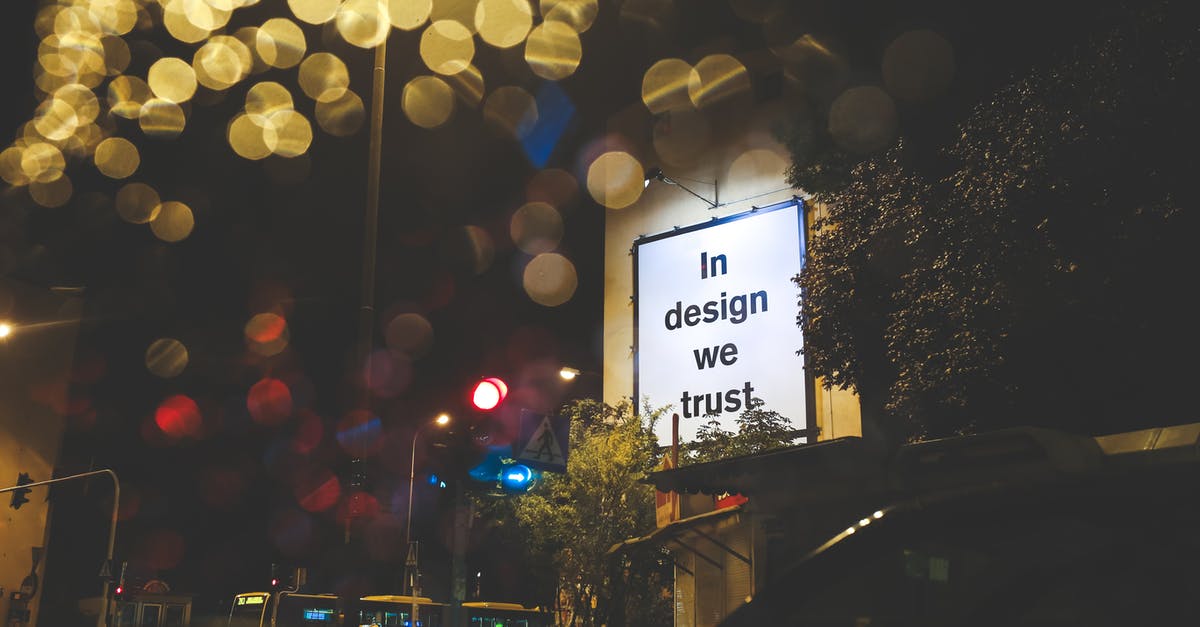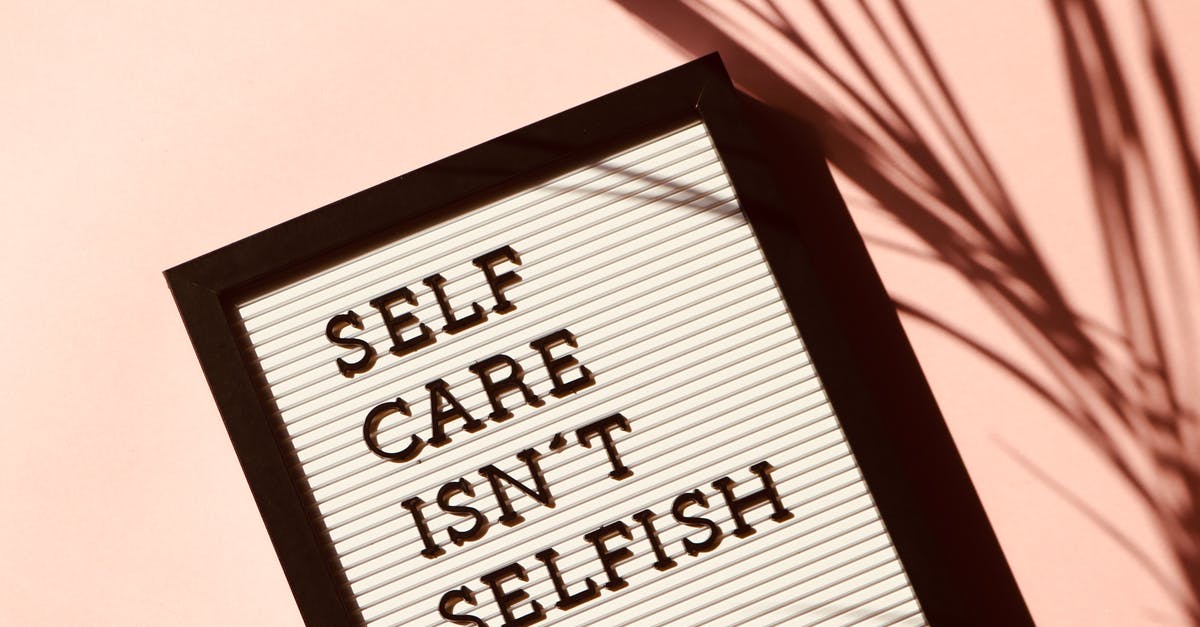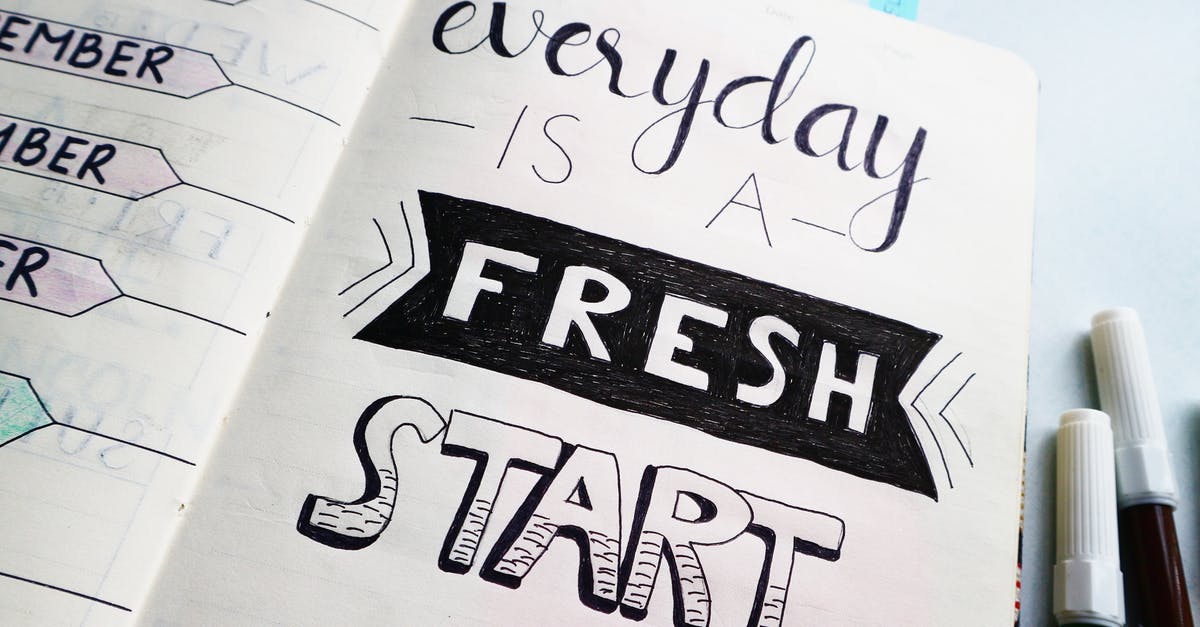Why adding "in colour" when referring to "Wizard of Oz"?

In the 3rd episode of the 4th season of Episodes, Matt takes Beverly to a Golden Globe gift party. While entering it she says (writing from memory):
It's like being in Wizard of Oz. In colour.
Since she added "in colour" she must have been referring to the movie, not the book. What I don't understand is why she added it in the first place, since the most known 1939 adaptation is in fact in colour (and notable for its use of Technicolor) and all the later adaptations are obviously in colour as well.
I seriously doubt she meant any previous, black and white adaptations, because they were short animations, silent movies, etc.
What I think is most plausible is that when she was a kid she watched Wizard of Oz on a black and white TV and later watched it in colour and that's why she differentiates it like this (as if it were two different movies). I'm also thinking that this could be an English expression used to emphasise this kind of film-related analogies.
Could someone confirm my hypothesis or provide a different explanation?
Best Answer
This is not what she says. She says:
It's like when The Wizard of Oz turns to colour.
The 1939 Wizard of Oz starts in black and white and turns to color when Dororthy reaches Oz. Beverly is basically saying that she's now in Oz, an amazing and colorful wonderland as compared to the drab world outside.
Pictures about "Why adding "in colour" when referring to "Wizard of Oz"?"



Dorothy entering Technicolor
More answers regarding why adding "in colour" when referring to "Wizard of Oz"?
Answer 2
Not all of the Wizard of Oz is in color, only the parts that take place in Oz.
Everything that happens while Dorothy is still in Kansas is shot in black and white. This was of course done to underline how colorful and magical the land of Oz is compared the real-world Kansas.
All of the Oz sequences were filmed in three-strip Technicolor. The opening and closing credits, as well as the Kansas sequences, were filmed in black and white and colored in a sepia tone process. (Source: Wikipedia)
So when they stress the in colour part, they are explicitly talking about the part that Dorothy spends in Oz, rather than the parts where she is on the farm in Kansas.
Sources: Stack Exchange - This article follows the attribution requirements of Stack Exchange and is licensed under CC BY-SA 3.0.
Images: Kaboompics .com, Madison Inouye, Prateek Katyal, Bich Tran
